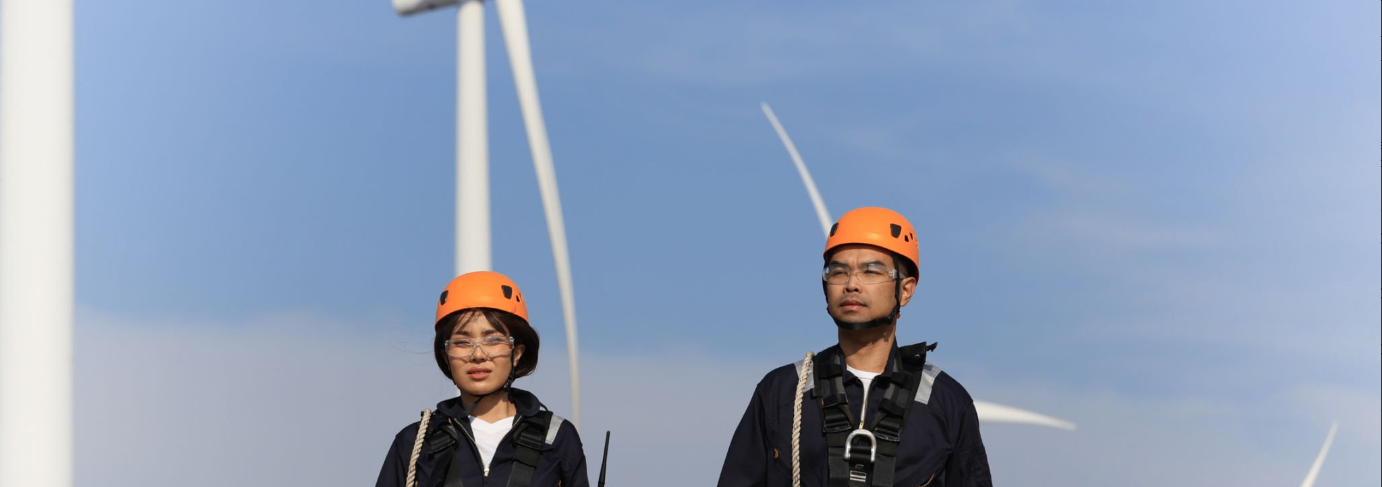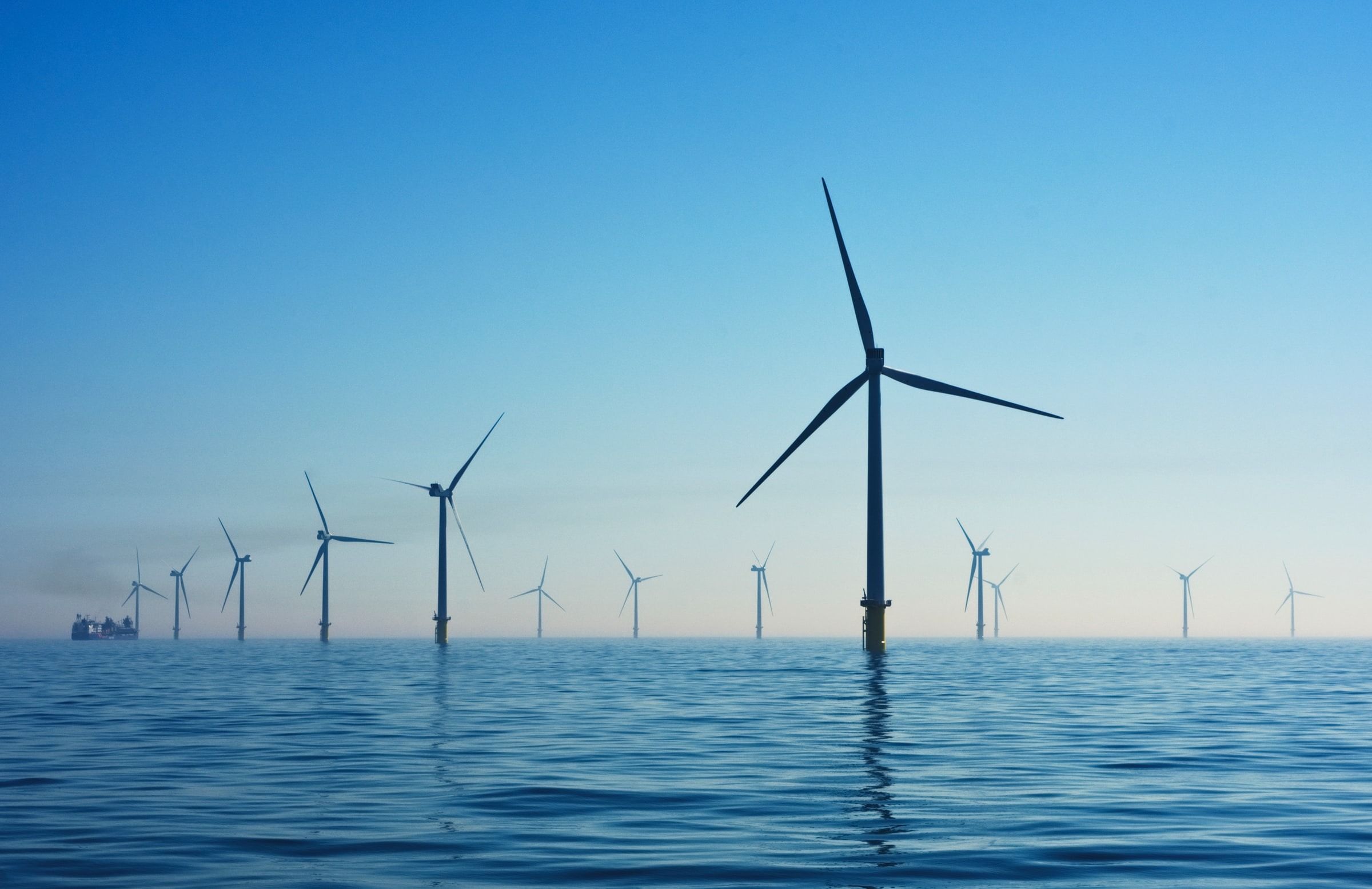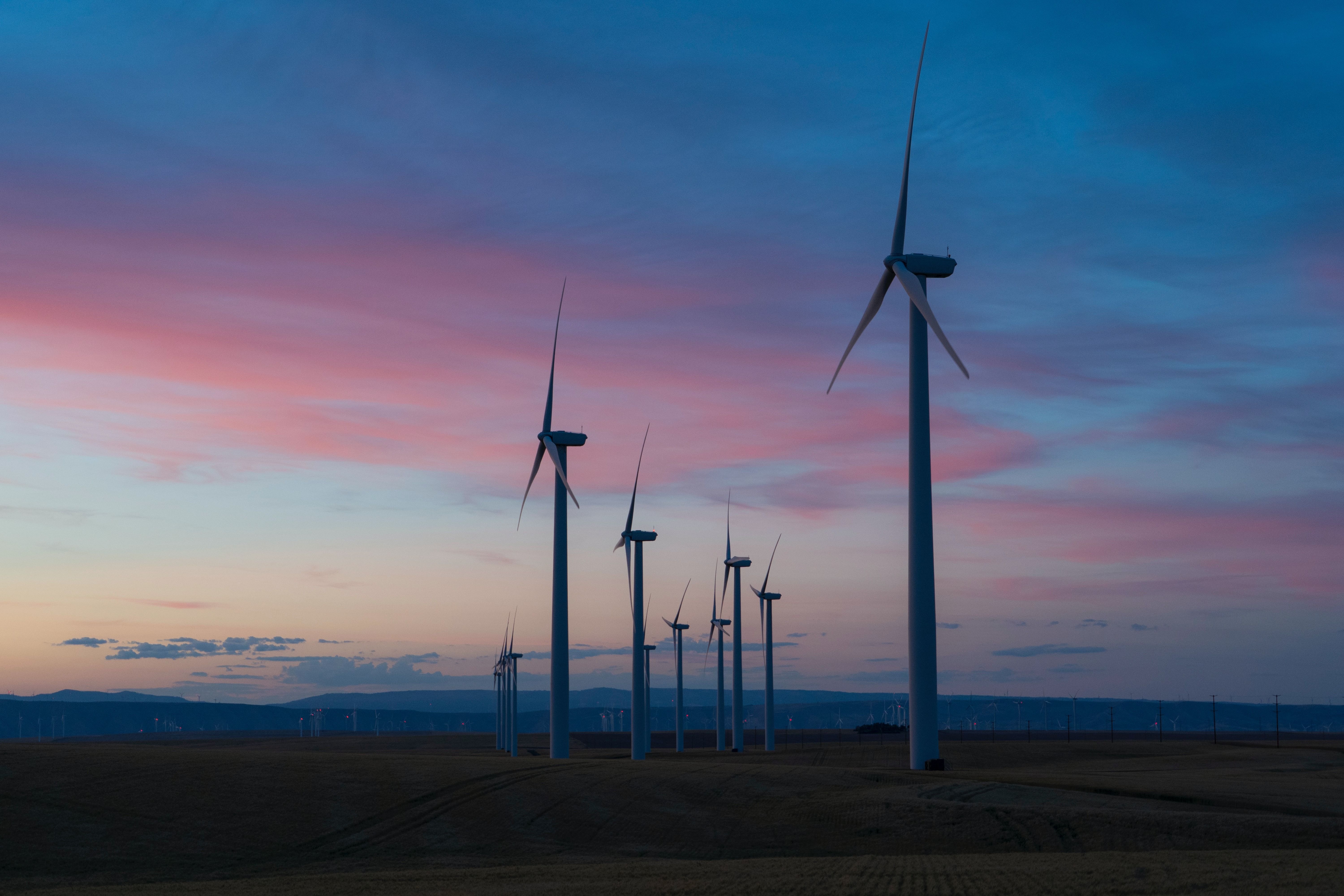Gender
Hiring women in the industry continues to be a key issue. As of 2025, women make up 21.9% of the wind workforce, up from 19.25% in 2022. This positive trend reflects progress, but there’s still a long way to go to meet the offshore wind target of 33% female representation by 2032. Closing this gap will require targeted recruitment, career progression opportunities, and long-term cultural change to attract more women in the sector.
Age
Age is an often overlooked demographic in the industry, but potentially holds the power to determine the future of the industry. Currently, the average age of the workforce is around 40 years, with almost 1 in 5 workers (18.8%) aged 30 or younger. Retirement risk remains low, with fewer than 1% of workers over 66. This means the sector benefits from a relatively young talent pool, but sustained efforts will be needed to keep attracting new talent to meet growth targets and avoid future issues.
Ethnicity
When it comes to ethnicity, 93% of the workforce identifies as White, with 7% from Ethnic Minority Groups (EMGs). This is significantly below the UK working-age average of 19.3%, highlighting a clear underrepresentation challenge. To meet its workforce demand, the sector will need to widen participation and tap into more diverse talent pipelines.
The Way Forward
The UK wind industry is on track for substantial expansion, but reaching its full potential depends on building a workforce that reflects society more broadly. Greater gender balance, stronger ethnic diversity, and continued attraction of younger talent will not only close skills gaps but also fuel innovation, resilience, and long-term sustainability.
ERSG Can Help
At ERSG, we understand that meeting hiring demands depends on having a diverse and future-ready workforce. By connecting companies with skilled professionals across engineering, project management, digital, and hands-on roles, we help our clients build teams that reflect the evolving needs of the sector, ensuring an inclusive and sustainable tomorrow.


